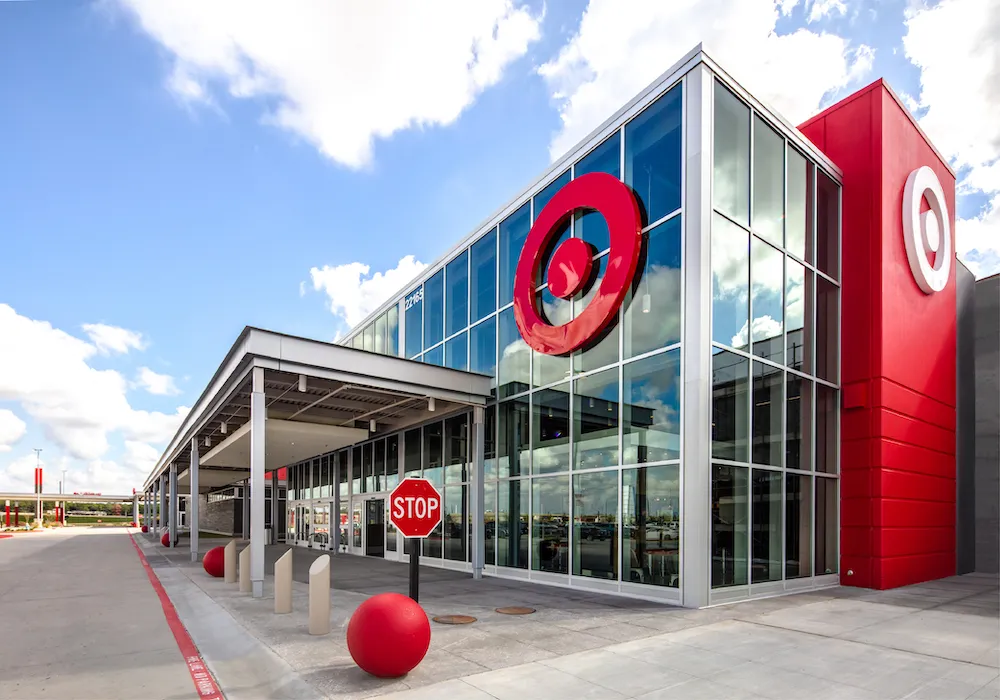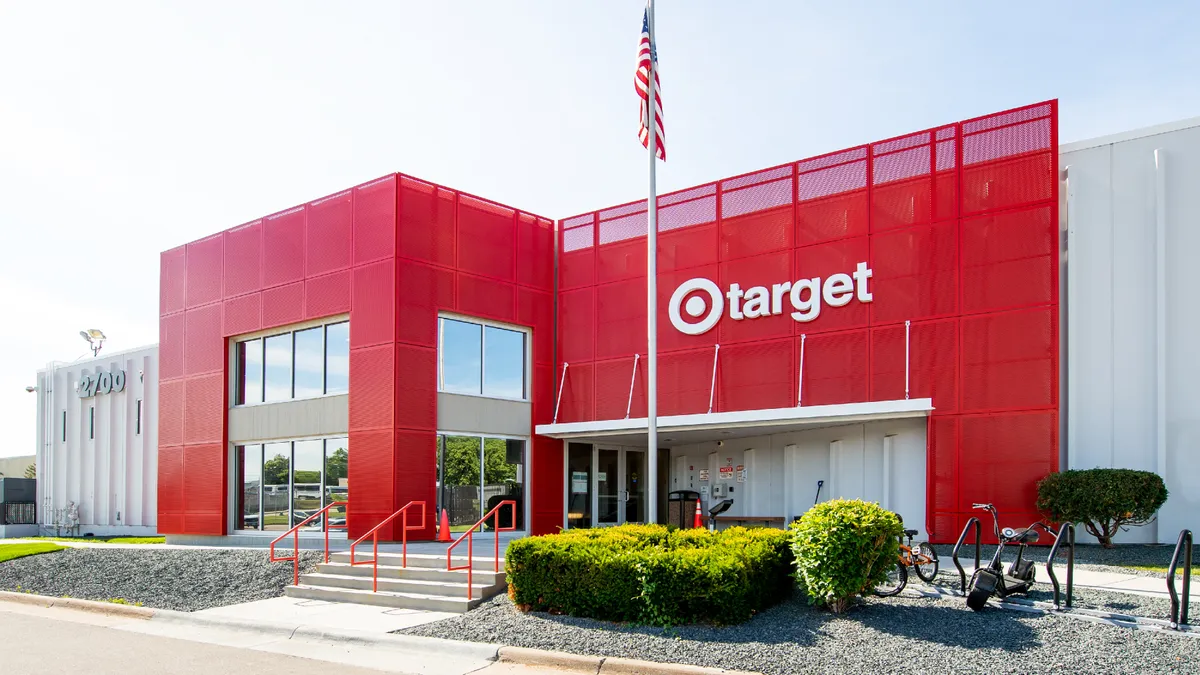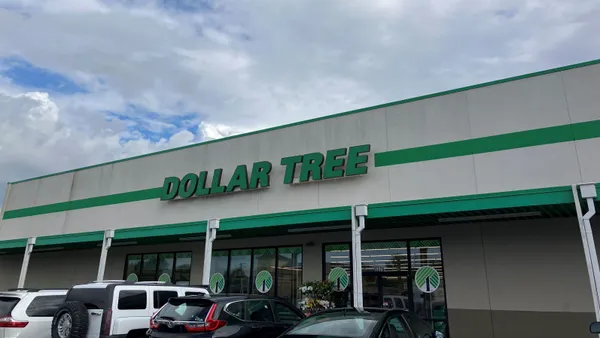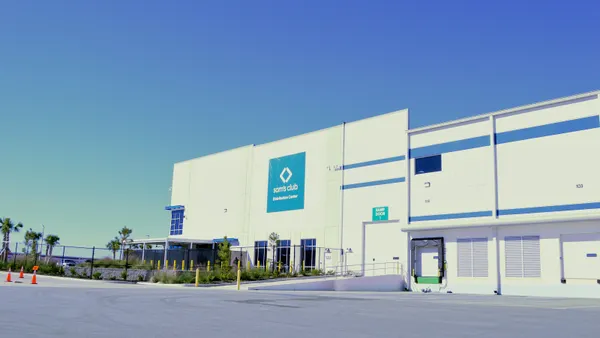As Target adds more sortation centers — its self-described “secret sauce” for delivery — the retailer shared on Friday more details about where it stands with the expansion of the facilities and why they matter.
Target piloted its first sortation center in Minneapolis in 2020. As of Sept. 1, Target said it has 10 sortation centers. The retailer opened its latest one in August in Miami.
“Our new sortation centers are delivering outstanding results. These facilities operate downstream from our stores and help to increase the speed and efficiency of last-mile delivery,” John Mulligan, Target’s chief operating officer, told investors during the retailer's second-quarter earnings call on Aug. 16.
Target on Friday called the sortation centers “an important piece” of its omnichannel strategy.
“Since the start of our sortation center operations, these facilities have helped to increase the number of orders delivered to guests the next day by more than 150%,” Target said in the announcement, noting the centers remove the sorting and packing process from its store backrooms.
Now the company is building additional facilities to further speed up service. In June, the retailer opened its first Target Last Mile Delivery extension facility, located in Smyrna, Georgia. That facility receives local, pre-sorted packages from the Atlanta sortation center and stages them for pickup and next-day delivery by Shipt drivers.
All of Target’s sortation centers now have Target Last Mile Delivery in partnership with Shipt, allowing for delivery “down to the neighborhood level,” per the Friday announcement. Up to 40% of Target Last Mile Delivery orders with Shipt are delivered by the next day, the retailer said, noting that it plans to deliver orders next-day as its network expands.
This year, Target is expanding its options for drivers to handle larger routers with larger-capacity vehicles, including delivery vans, that can hold up to eight times more packages per route, following a test with Shipt of larger-capacity vehicles in 2022.
“We’re currently testing the use of larger capacity vehicles to deliver orders at two of our sortation center markets, with plans to expand to all markets in the next few years,” Target said in the press release.
As Target builds on its “stores-as-hubs strategy,” the retailer has said that sortation centers ensure faster delivery, reduce shipping costs and help fuel the retailer’s long-term growth plans. The transportation centers allow Target to retrieve packages daily from a range of 30 to 40 local stores, depending on the market, that are then brought to the center for batching and delivery routing by a third-party carrier or Shipt.

Up to 70% of the packages processed by sortation centers stay in the local market, and Target’s partnership with Shipt, which the retailer acquired in 2017, has provided “meaningful efficiency and cost savings while offering much greater speed of delivery,” Mulligan said on the earnings call.
Markets with a sortation center have an average “click-to-deliver” time that is nearly 1.5 days shorter than the network average, with about one-third of the packages arriving in only one day, Mulligan said.
“As we continue to open new buildings and test and iterate on their operating model, we expect these speed metrics will continue to improve in the future,” he said.
In February, Target announced a $100 million investment to expand its sortation network to more than 15 facilities by the end of 2026. At the time, the retailer said it had nine sortation centers in Minnesota, Texas, Colorado, Illinois, Georgia and Pennsylvania.
The 10 sortation centers are expected to process more than 35 million packages in 2023, representing a more than 20% increase from a year ago and a more than sixfold increase from 2021, Mulligan said.
The sortation center expansion is part of a larger plan Target unveiled in February to fuel growth and provide a differentiated consumer experience, which includes spending $4 billion to $5 billion this year on its consumer-facing services, operations network of stores, supply chain facilities and digital innovations.
Target’s emphasis on sortation centers comes at a time when more retailers, like Walmart and Amazon, are ramping up their investments in localized fulfillment and leveraging their brick-and-mortar properties for e-commerce.















